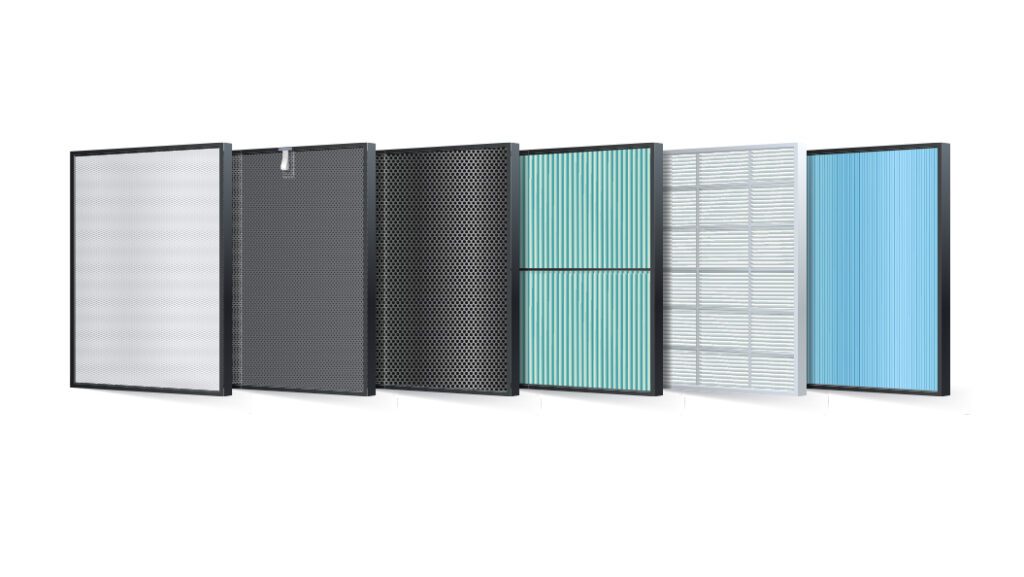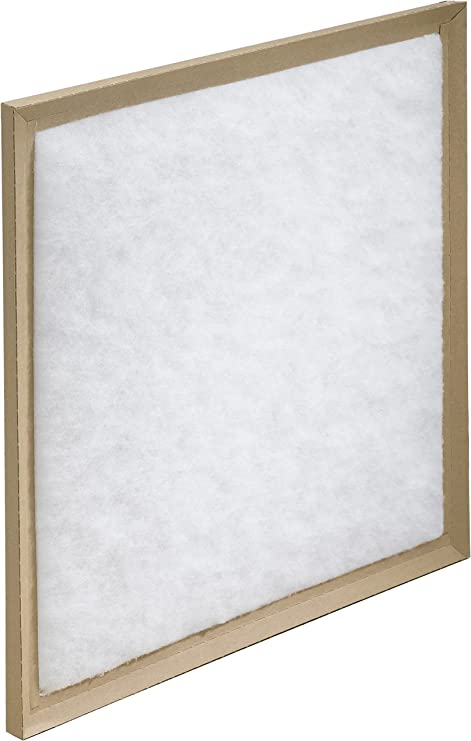Can a furnace filter remove air pollutants? Find out and keep your family safe

If your finding your air quality inside the home due to current pollution levels failing, call the experts at Always Plumbing & Heating at 780-489-8118. We can assess the air quality of your home and determine if your furnace requires servicing or if your home would benefit from a air purification system.
The air we breathe is essential to our lives, and ensuring it is clean and free from pollutants can be challenging. Filters are one way to help keep the air in your home or workspace free from dirt, dust, mold, and other contaminants. But can a furnace filter remove air pollutants? This article seeks to answer this question by providing insight into which type of filter you should purchase for optimum efficiency, how often you should change your furnace filter, and what the MERV rating means.
What kind of furnace filter should I buy?
When buying a furnace filter, there are many different choices. It can be overwhelming to decide which is best for your home and needs. To help you make an informed decision, here is a guide to the different types of furnace filters available and what they can do for your home.
Disposable Fiberglass Filter

Disposable fiberglass filters are inexpensive and easy to install, making them a popular choice for many homeowners. They are effective at trapping dust, dirt, and other airborne particles that can cause damage to your HVAC system. However, they must be replaced every few months to maintain effectiveness.
Pleated Air Filter

Pleated air filters are made from synthetic materials such as polyester or cotton and have multiple layers that trap more particles than a standard fiberglass filter. They also last longer than disposable filters and require less frequent replacement. Pleated filters are more expensive than fiberglass filters, but they are much more effective at trapping particles and can help improve the air quality in your home.
High-Efficiency Particulate Air (HEPA) Filter

HEPA filters are designed to capture up to 99% of all airborne particles down to 0.3 microns in size, making them highly effective at removing allergens, dust mites, pet dander, smoke particles, and other pollutants from the air in your home. While these filters cost more upfront than other types, they require less frequent replacement and provide superior protection against harmful airborne particles.
Reusable Washable Air Filter

Reusable, washable air filters use electrostatic technology that captures dust particles on contact without using chemicals or fibers, as traditional disposable filters do. Reusable, washable air filters also don’t need replacing as often as other furnace filters since they can simply be washed off with soap and water when they become dirty or clogged with debris over time. The drawback of these filters is that they require more maintenance and careful cleaning to ensure they are effective.
No matter which type of furnace filter you decide on for your home, it’s vital that you change it regularly to keep your HVAC system running efficiently and effectively while also improving the quality of air in your home environment. With so many options available today, there’s sure to be one that fits both your budget and needs!
How often to change a furnace filter
Furnace filters are essential to keeping your home’s heating and cooling system running efficiently. They help to remove airborne particles such as dust, pollen, pet dander, and other allergens from the air that passes through your HVAC system. But how often should you change your furnace filter?
The answer depends on a few factors, including the type of filter you have and the level of air pollution in your home. Generally, changing your furnace filter at least once every three months is recommended. However, if you live in an area with high air pollution or have pets in the house, you may need to change it more frequently.
When it comes to choosing a new furnace filter, there are several types available. The most common type is a disposable fiberglass filter which is relatively inexpensive but needs to be replaced regularly. If you want something more durable and long-lasting, consider pleated filters or high-efficiency particulate air (HEPA) filters, which can last up to one year before needing replacement.
It’s also important to note that not all filters are created equal, and some may be better suited for particular environments than others. For example, a HEPA filter may be best if you live in an area with high levels of pollen or dust, as it can trap even the tiniest particles from entering your home’s air supply. On the other hand, if you don’t have any significant allergies or sensitivities, then a standard fiberglass filter may be sufficient for your needs.
Finally, when changing out your furnace filter, follow the manufacturer’s instructions carefully, as improper installation can lead to reduced efficiency or even damage to your HVAC system over time.
Which Way Does the Furnace Filter Go
Installing a new furnace filter is integral to maintaining your home’s heating and cooling system. A clean filter helps keep your system running efficiently while also improving the air quality in your home. Knowing which way to install the filter is essential for proper operation because a backward filter can reduce efficiency and even cause damage to your system over time.
1. Look at the arrows
Determine which way to install your new furnace filter by looking at the arrows on its side. The arrows should be pointing in the direction of airflow, and if you’re unsure, consult your owner’s manual or contact a professional HVAC technician for assistance. Some filters may be designed to be installed only one way, while others can be installed either way.
2. Remove the old filter
Open up your HVAC unit and locate the old filter. Carefully remove it and discard it correctly according to local regulations. This may mean placing it in a sealed container and disposing of it or even recycling the old filter if possible.
3. Insert the new filter
Take the new filter and insert it into the slot in your HVAC unit, making sure to match up the arrows with the airflow direction. The filter should fit snugly into place without any gaps or spaces around its edges.
4. Check the airflow
Once you have securely installed your new filter, turn on your HVAC system and periodically check for any changes in airflow. If you feel a decrease in airflow or notice any strange noises from your system, it could mean the filter is installed incorrectly. In this case, turn off the system and reinstall the filter in the correct direction.
5. Establish a maintenance routine
Finally, establish a regular maintenance routine for your furnace filter. Do frequent checks on the filter’s cleanliness and replace it when necessary. This can help prevent potential problems and keep your heating and cooling system running smoothly.
You should change your furnace filter every three months or so for optimal performance and air quality in your home. However, you may need to change it more frequently depending on your environment– or less so if you chose a more durable filter such as a pleated or HEPA filter. The filter’s packaging will include recommendations on how often it should be replaced.
Regular maintenance and care help ensure that your heating and cooling system runs efficiently all year long while also improving the air quality in your home.
What is the MERV rating?
The MERV rating is a measurement that indicates the effectiveness of an air filter. It stands for Minimum Efficiency Reporting Value and ranges from 1 to 16, with higher numbers indicating better filters. The higher the MERV rating, the more effective the filter is at trapping airborne particles, such as pollen, dust mites, and pet dander. A MERV rating of 8 or above is recommended for homes with pets or those suffering from allergies.
The MERV rating is printed on the filter’s packaging, making it easy to see which filters are more effective.
Final thoughts
In conclusion, investing in a quality furnace filter designed to remove air pollutants is essential for ensuring your family’s safety and comfort. Understanding the different types of filters available, their MERV ratings, and how often they should be changed can help you make informed decisions that will keep your air clean and free of contaminants. With the right filter and proper maintenance, you can keep your HVAC system running smoothly and improve the air quality in your home.
Is your furnace not providing the heat or airflow you expect? Have you already replaced the filter, but still no improvement? Reach out to Always Plumbing & Heating for a service call at any time. Call us at 780-489-8118 or submit a contact form today.
